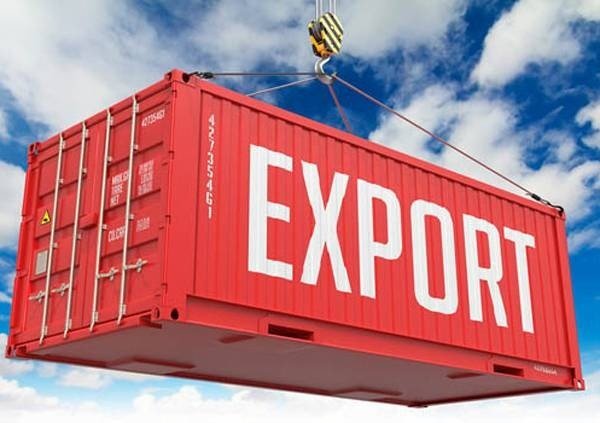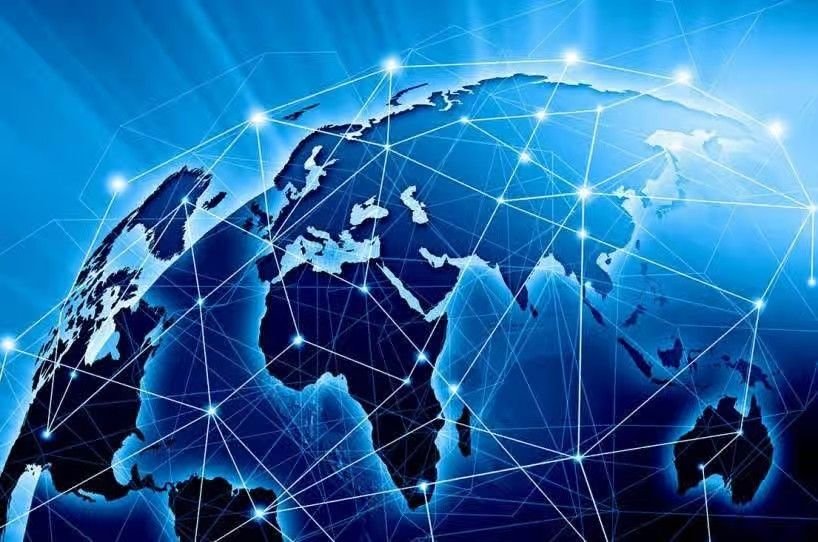Pakistan’s IT exports surged to an all-time high of $3.8 billion in fiscal year 2025, marking an 18% growth over $3.2 billion in FY24. This growth underscores the resilience and global relevance of Pakistan’s tech services sector, which remains led by telecommunications, computer, and information services amid competitive regional peers like Vietnam and the Philippines.
Dr. Noman Said, CEO of S I Global Solutions, highlighted the need for Pakistan to move beyond service exports to productization and hardware manufacturing. Citing examples from Poland and Malaysia, he emphasized expanding domestic tech manufacturing—including smartphones, IoT devices, and data infrastructure—to reduce imports, create jobs, and strengthen technological sovereignty. The government’s Mobile Device Manufacturing Policy is promising, but broader support across semiconductors and electronics is essential.
Dr. Said also advocated for transforming Pakistan’s diplomatic missions into proactive tech diplomacy hubs that promote startups and forge international tech partnerships, drawing inspiration from Ireland and Estonia’s digital diplomacy models. Digital showcases and targeted MoUs in AI, cybersecurity, and healthtech could build Pakistan’s image as a global innovation destination.
Emphasizing tech’s role as a force multiplier across agriculture, textiles, logistics, education, and healthcare, Dr. Said urged embedding AI and IoT solutions in traditional industries to boost productivity and exports. Despite strong service growth, Pakistan lacks tech giants capable of attracting institutional investment; encouraging IPOs of mature tech firms could unlock capital and global branding, as seen in Turkey and Egypt.
Recent policy improvements in payment flows and regulatory reforms are positive, but deeper alignment across tax, data protection, and export incentives is needed. Dr. Said stressed owning Pakistan’s tech narrative through strategic storytelling and industry showcases to inspire confidence.
Pakistan’s tech ecosystem shows strong potential, but realizing future export targets demands integrated strategies encompassing manufacturing, technology, and digital diplomacy with coordinated national efforts.















